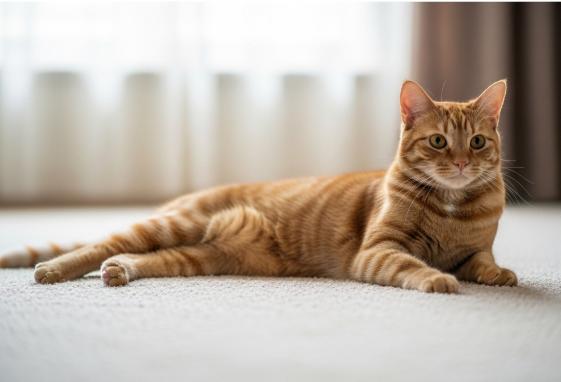Declawing can lead to behavior problems and medical issues.

Cat declawing—the surgical removal of a cat’s claws—is a highly debated procedure. Major veterinary organizations, including the American Veterinary Medical Association (AVMA), discourage declawing except in rare medical situations. In fact, several states have banned the surgery unless it’s absolutely necessary for the cat’s health. Fewer than half of veterinary schools require students to learn how to perform declawing, and some don’t teach it at all. Despite this controversy, some cat owners still choose to declaw their pets for non-medical reasons.
What Is Cat Declawing?
Declawing, medically known as onychectomy, involves surgically removing the last bone of each toe, including the claw. Think of it as amputating the tip of a human finger at the last joint. The surgery is typically done using either a laser or scalpel, and both methods require careful pain management during and after the procedure. Recovery usually takes 10 to 14 days, during which cats may struggle to jump, groom themselves, or use the litter box comfortably.
Why Do Some Owners Choose to Declaw?
Declawing is sometimes necessary for medical reasons, such as treating severe injuries, infections, tumors, or chronic pain that can’t be managed any other way. Additionally, some people with weakened immune systems might consider declawing to reduce the risk of infections from scratches. However, most cats are declawed for convenience—to prevent damage to furniture and household items.
The Downsides of Declawing Cats
Declawing has serious consequences that affect a cat’s physical and emotional well-being. Here’s why it’s important to think twice:
It Interferes with Natural Cat Behavior
Cats rely on their claws for many essential behaviors. Scratching stretches muscles that only scratching can reach, helps them mark their territory with pheromones, and serves as an outlet for excitement or frustration. Without claws, cats may:
- Start biting or urinating outside the litter box to express stress
- Show increased aggression toward people or other pets
- Develop anxiety, leading to overgrooming, excessive vocalizing, or other stress-related behaviors
- Become more vulnerable to danger if they get outside accidentally
Complications Are Common
Declawing is a complex surgery, and complications happen frequently. Sometimes, small bone fragments are left behind, which can cause ongoing pain when walking, grooming, or jumping. This chronic pain can lower your cat’s quality of life and affect their behavior, making them more aggressive or stressed.
Other long-term issues include:
- Soiling outside the litter box
- Inability to play or groom normally
- Back pain caused by changes in walking posture
Safe Alternatives to Declawing
Fortunately, there are many effective ways to protect your home and keep your cat happy without declawing:
Provide Suitable Scratching Options
Cats need scratching surfaces to satisfy their natural instincts. Try different materials like cardboard, sisal rope, or carpet to see what your cat prefers. Offer a variety of sturdy scratchers—both vertical and horizontal—and place them where your cat spends the most time. Multiple options are especially important if you have more than one cat.
Use Positive Reinforcement
Avoid punishing your cat for scratching furniture. Instead, encourage good scratching habits by praising or rewarding your cat when they use their scratching posts. Redirect their attention with toys or play if they target the couch.
Learn to Read Your Cat’s Body Language
Understanding when your cat is feeling stressed or overstimulated can prevent scratches and bites. Watch for signs like twitching tails, flattened ears, or tense bodies, and teach kids to respect these signals.
Try Nail Caps
Nail caps are soft vinyl covers that fit over trimmed nails, usually lasting 4 to 6 weeks before falling off naturally. They prevent damage from scratching without interfering with your cat’s mobility or grooming.
Seek Professional Help
If unwanted scratching or aggression is a problem, consider consulting a veterinary behaviorist or certified feline consultant. They can create customized plans to address your cat’s needs and help you manage behavior in a positive way.
Final Thoughts
Declawing cats can lead to lasting pain and behavioral issues, which is why it’s discouraged unless medically necessary. Understanding your cat’s natural behaviors and providing proper alternatives can protect your furniture while keeping your feline friend healthy and happy.
If you notice any health concerns with your cat, always consult your veterinarian for expert advice tailored to your pet’s unique needs.
